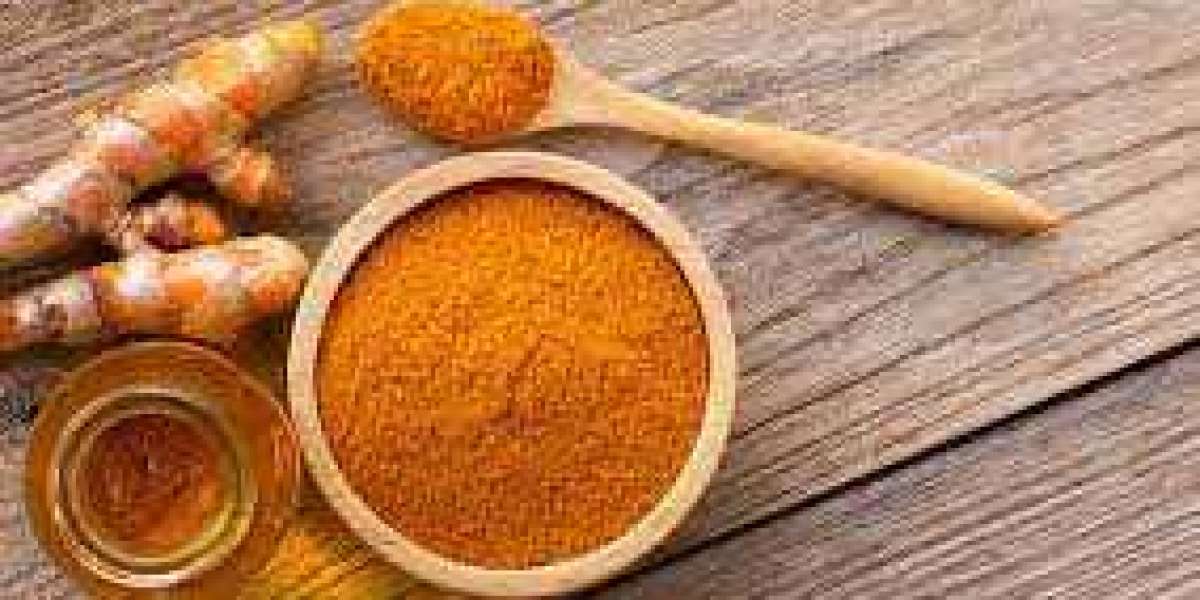Turmeric, often referred to as the "golden spice," has been cherished for centuries not only for its vibrant color and distinctive flavor but also for its myriad of health benefits and cultural significance. This humble rhizome, native to South Asia, holds a rich history that intertwines with various cultures and traditions across the globe. Let's delve into the captivating tale of turmeric, tracing its journey through time and exploring its profound impact on societies worldwide.
A Spice Steeped in History
The history of turmeric dates back thousands of years, with its earliest recorded usage found in ancient Indian texts dating as far back as 500 BCE. In ancient India, turmeric held a sacred status and was revered for its medicinal properties, believed to purify the body and mind. It was commonly used in Ayurvedic medicine to treat a wide array of ailments, ranging from digestive issues to inflammatory conditions.
As trade routes expanded, turmeric found its way beyond the borders of the Indian subcontinent, reaching far-flung regions such as China, the Middle East, and eventually Europe. Its popularity soared as it became an essential ingredient in culinary traditions, dyeing techniques, and religious rituals across diverse cultures.
Cultural Significance
Turmeric's significance extends far beyond its culinary and medicinal uses. In many cultures, it holds symbolic importance and is deeply embedded in rituals and ceremonies. In Hindu rituals, turmeric paste, known as "haldi," is applied to the bride and groom in pre-wedding ceremonies as a symbol of purification and prosperity. Similarly, in religious ceremonies and festivals, turmeric plays a central role, symbolizing auspiciousness and divine blessings.
Moreover, turmeric's vibrant hue has made it a prized natural dye for textiles, particularly in regions like India, where it is used to create stunning fabrics ranging from sarees to tapestries. Its association with prosperity and good fortune has also led to its use in traditional medicine systems beyond Ayurveda, such as Traditional Chinese Medicine.
Health Benefits and Modern Applications
In recent years, scientific research has shed light on the numerous health benefits of turmeric, propelling it into the spotlight as a superfood and dietary supplement. Curcumin, the active compound in turmeric responsible for its golden color, has been the subject of extensive study for its antioxidant and anti-inflammatory properties.
Studies suggest that turmeric may help alleviate symptoms of arthritis, improve digestion, boost cognitive function, and even reduce the risk of chronic diseases such as heart disease and cancer. Its anti-inflammatory properties make it particularly promising in the realm of holistic healthcare, where it is increasingly being incorporated into wellness routines and alternative therapies.
Culinary Delights
Turmeric's distinct flavor profile, earthy aroma, and vibrant color make it a versatile ingredient in the culinary world. From savory curries and stews to aromatic rice dishes and vibrant smoothie bowls, turmeric adds depth and complexity to a wide range of recipes. Its subtle bitterness pairs well with spices like cumin, coriander, and ginger, creating a harmonious balance of flavors in traditional dishes from India, Southeast Asia, and beyond.
Moreover, turmeric's versatility extends beyond savory dishes; it can also be found in an array of sweet treats, including golden milk lattes, turmeric-infused desserts, and refreshing turmeric lemonade. As culinary trends continue to evolve, turmeric remains a staple in kitchens worldwide, celebrated for both its culinary appeal and health-promoting properties.
Turmeric's journey from ancient spice to modern-day superfood is a testament to its enduring popularity and cultural significance. Across centuries and continents, this golden spice has captivated hearts and palates, leaving an indelible mark on cuisines, traditions, and holistic health practices around the globe. As we continue to uncover its myriad benefits and explore innovative ways to incorporate it into our lives, the tale of turmeric remains an inspiring saga of flavor, heritage, and wellness.





